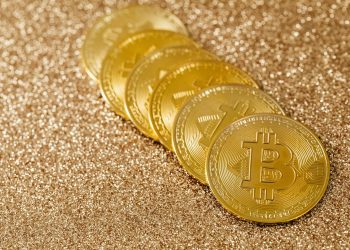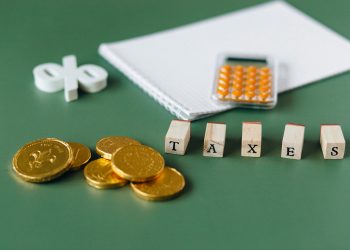Several factors contribute to a coin’s rarity, including:
- Mintage: A low number of coins originally produced.
- Survival rate: The number of coins that remain today, impacted by factors like melting or loss.
- Historical significance: Coins associated with important events or figures.
- Condition: Coins in pristine condition are generally more rare and valuable than those that are worn or damaged.
- Demand: Popularity and interest among collectors can significantly drive up a coin’s value, even if the initial mintage wasn’t extremely low.
The concept of a single “rarest coin” is debatable and subjective, as rarity can be influenced by specific varieties or features within a given coin type.
However, some coins are consistently cited among the rarest and most valuable:
- 1933 Double Eagle: Of the nearly 450,000 minted, only a handful exist today, with only one legally available for private ownership. This unique legal status makes it one of the most desirable coins in the world. It has sold for astronomical sums at auction, reaching a record $18.9 million in 2021.
- 1794 Flowing Hair Silver Dollar: Widely considered the first silver dollar issued by the U.S. federal government, only about 1,758 were originally minted, making it incredibly scarce today. A particularly well-preserved example sold for over $10 million in 2013 and another for $12 million in 2022.
Other coins frequently mentioned for their rarity and value include:
- The 1787 Brasher Doubloon , the first gold coin struck in the US.
- The 723 Umayyad Gold Dinar , a rare Islamic coin linked to the Prophet Mohammed’s land.
- The 1343 Edward III Florin or “Double Leopard ,” a valuable medieval English coin of which only three are known to exist.
The market for rare coins is dynamic, with values constantly changing based on new discoveries, market trends, and historical developments.










